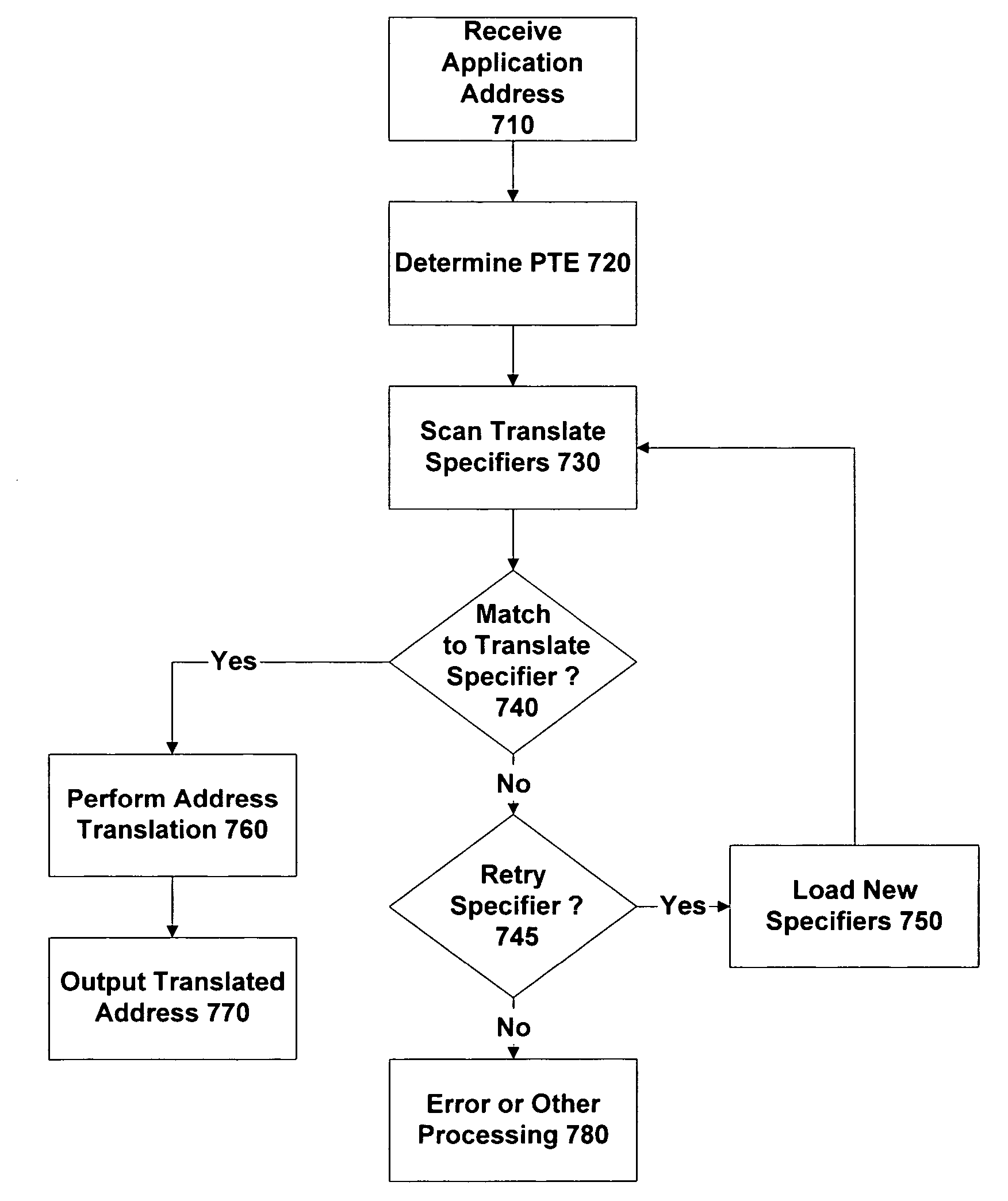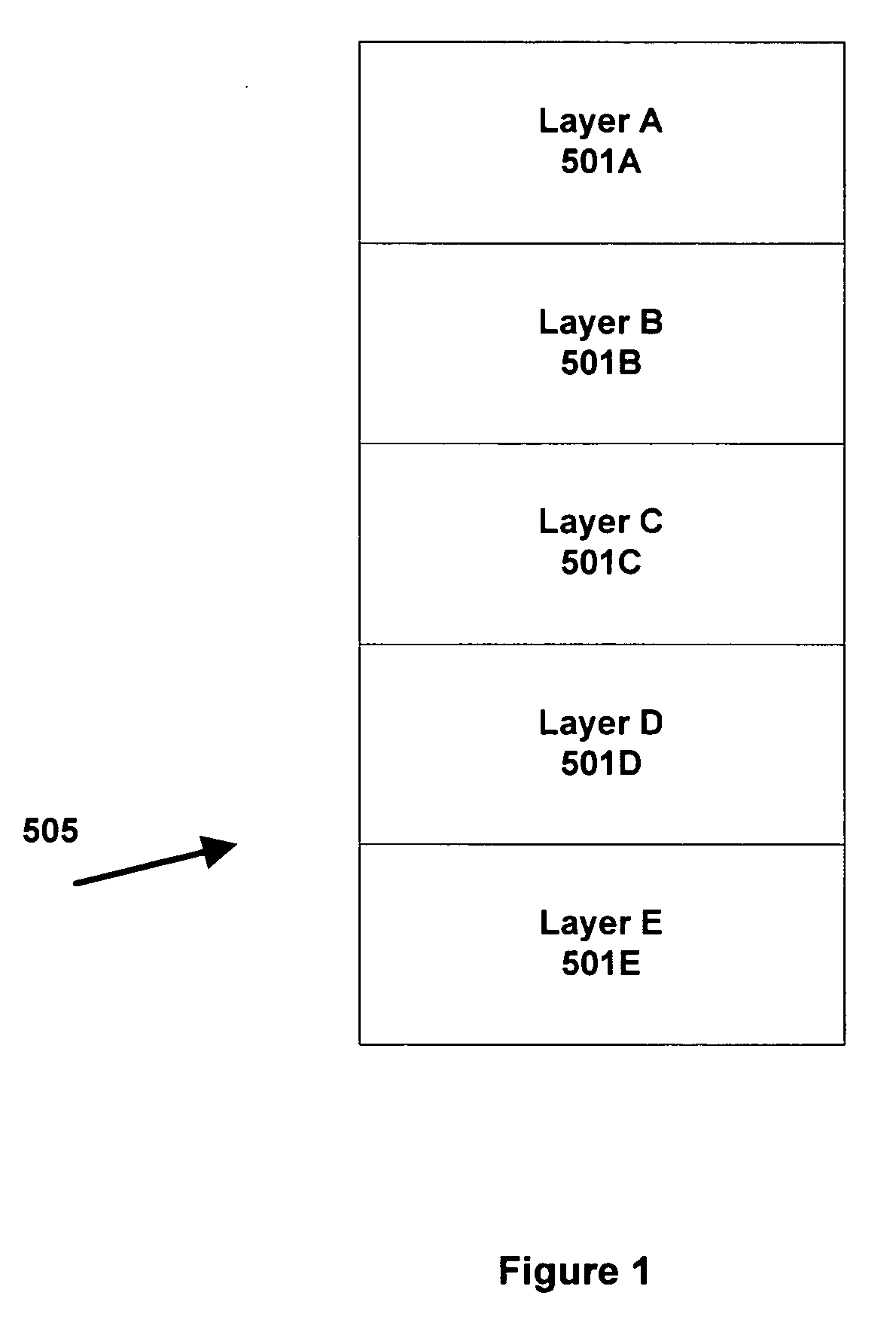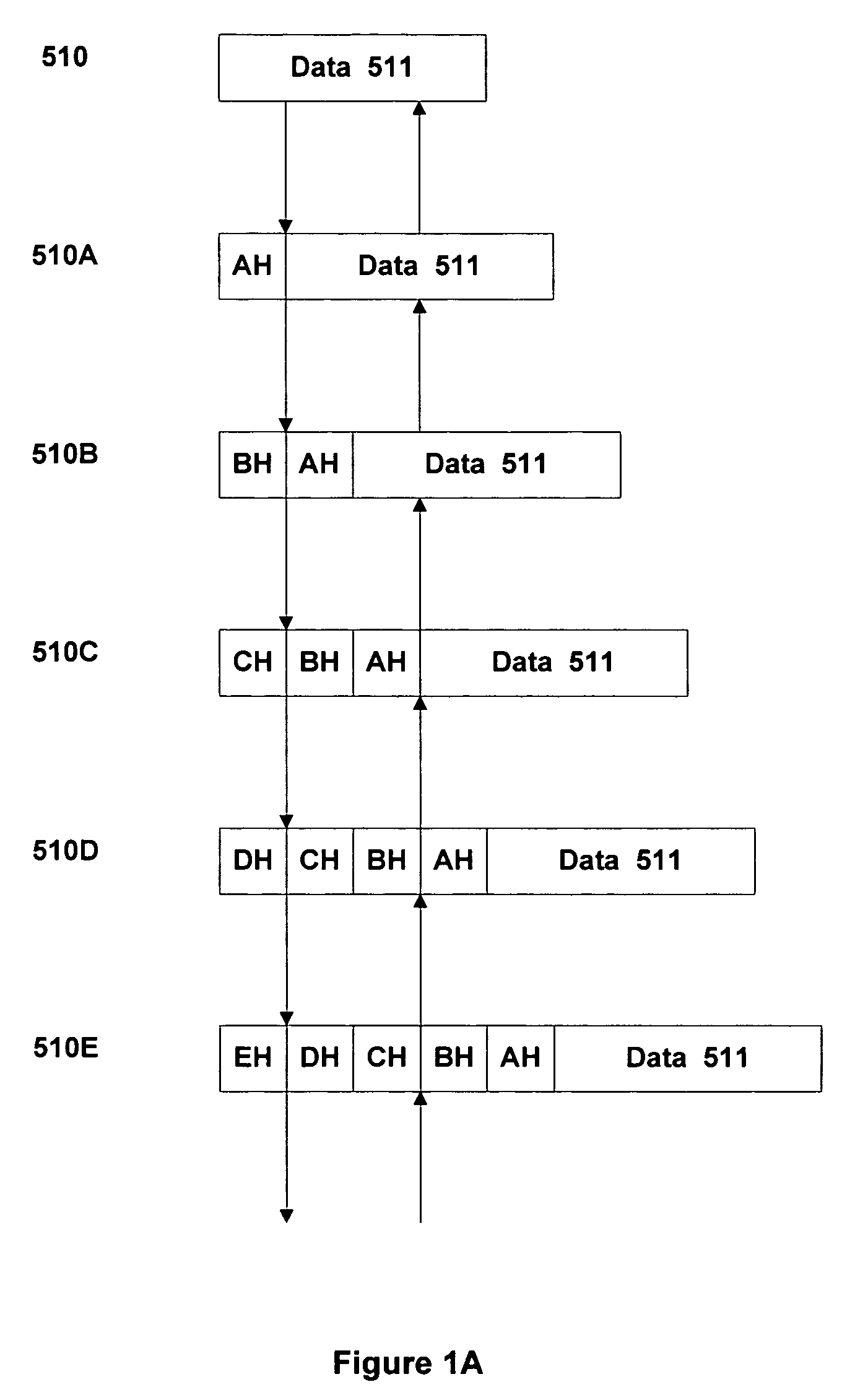Method and apparatus for performing address translation in a computer system
a computer system and address technology, applied in the field of computer systems, can solve the problems of poor bandwidth communication efficiency, difficult to achieve, and expensive and time-consuming memory operation
- Summary
- Abstract
- Description
- Claims
- Application Information
AI Technical Summary
Benefits of technology
Problems solved by technology
Method used
Image
Examples
Embodiment Construction
[0061]FIG. 2 is a schematic diagram depicting the main hardware components of a typical computer system 10. (It will be appreciated that this is purely by way of example, and the skilled person will be aware of a very wide range of configurations other than that shown in FIG. 1). The various components of the computer system 10 are interconnected by a bus 70, which may in practice be implemented by a hierarchy of different speed buses, to provide communications between the components. Note that a switching fabric can sometimes be provided instead of the bus, this being particularly the case in higher-end systems, such as a large-scale server.
[0062] At the heart of computer system 10 is a processor 20, also known as a central processing unit (CPU), which is responsible for executing program instructions and directing the overall operations of system 10. Many modern systems support multiprocessing, either by having more than one processor unit, or (and) by forming separate processing...
PUM
 Login to View More
Login to View More Abstract
Description
Claims
Application Information
 Login to View More
Login to View More - R&D
- Intellectual Property
- Life Sciences
- Materials
- Tech Scout
- Unparalleled Data Quality
- Higher Quality Content
- 60% Fewer Hallucinations
Browse by: Latest US Patents, China's latest patents, Technical Efficacy Thesaurus, Application Domain, Technology Topic, Popular Technical Reports.
© 2025 PatSnap. All rights reserved.Legal|Privacy policy|Modern Slavery Act Transparency Statement|Sitemap|About US| Contact US: help@patsnap.com



